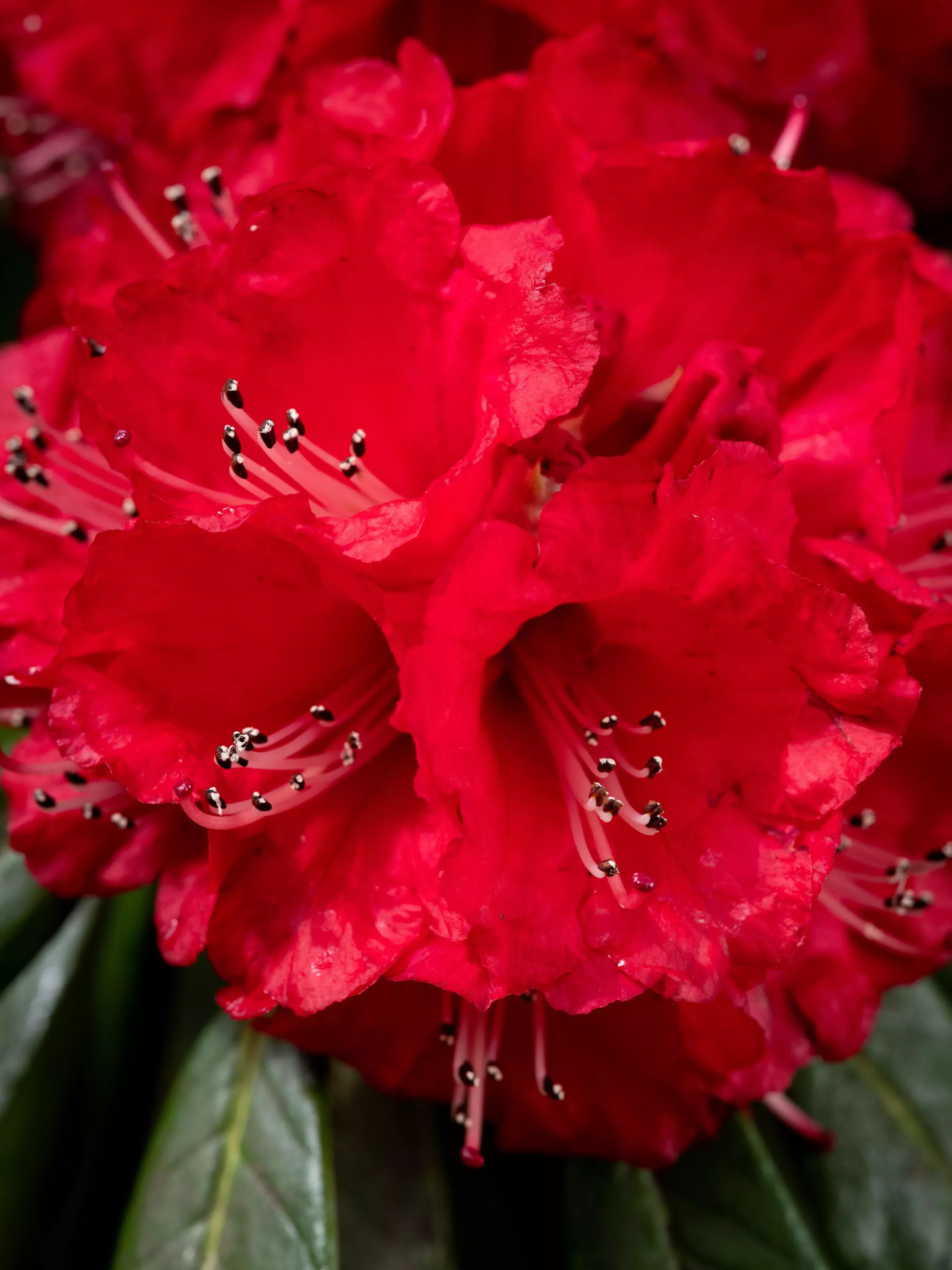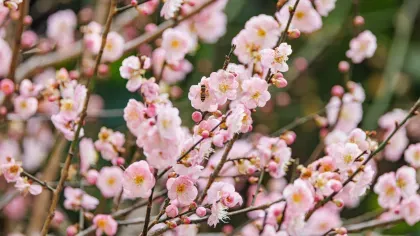6 July 2020
5 beautiful national flowers growing at Kew
From India’s sacred lotus to South Africa’s king protea, here are some of the stunning national plants growing in our Gardens.

Many countries across the globe have floral emblems as their national symbol.
Often with cultural, historical, or religious roots, these national flowers are either chosen officially or informally adopted as a country’s plant representative.
Here are five striking national flowers growing here at Kew that will help transport you to places all over the world.
Sacred lotus (Nelumbo nucifera)
India
The national flower of India, Nelumbo nucifera, is a sacred bloom and a central motif in ancient Indian art and mythology.
With its magnificent showy flowers, the sacred lotus has deep religious meaning and been celebrated for thousands of years as a symbol of beauty, purity and divinity in Hinduism and Buddhism.
Here at Kew, this spectacular species is grown from seed every year in our Waterlily House.
Did you know? One of the oldest recorded seeds to germinate is a sacred lotus. The seeds survived for a staggering 1,300 years in China.
Can you guess this aquatic plant’s closest living relative? Surprisingly and despite appearances, it’s not a waterlily but plane trees (Platanus) and members of the protea family (Proteaceae). This was discovered through DNA research by Kew scientists.
The flowers, seeds, young leaves and roots of this species are all edible. Lotus is also used in traditional medicine.
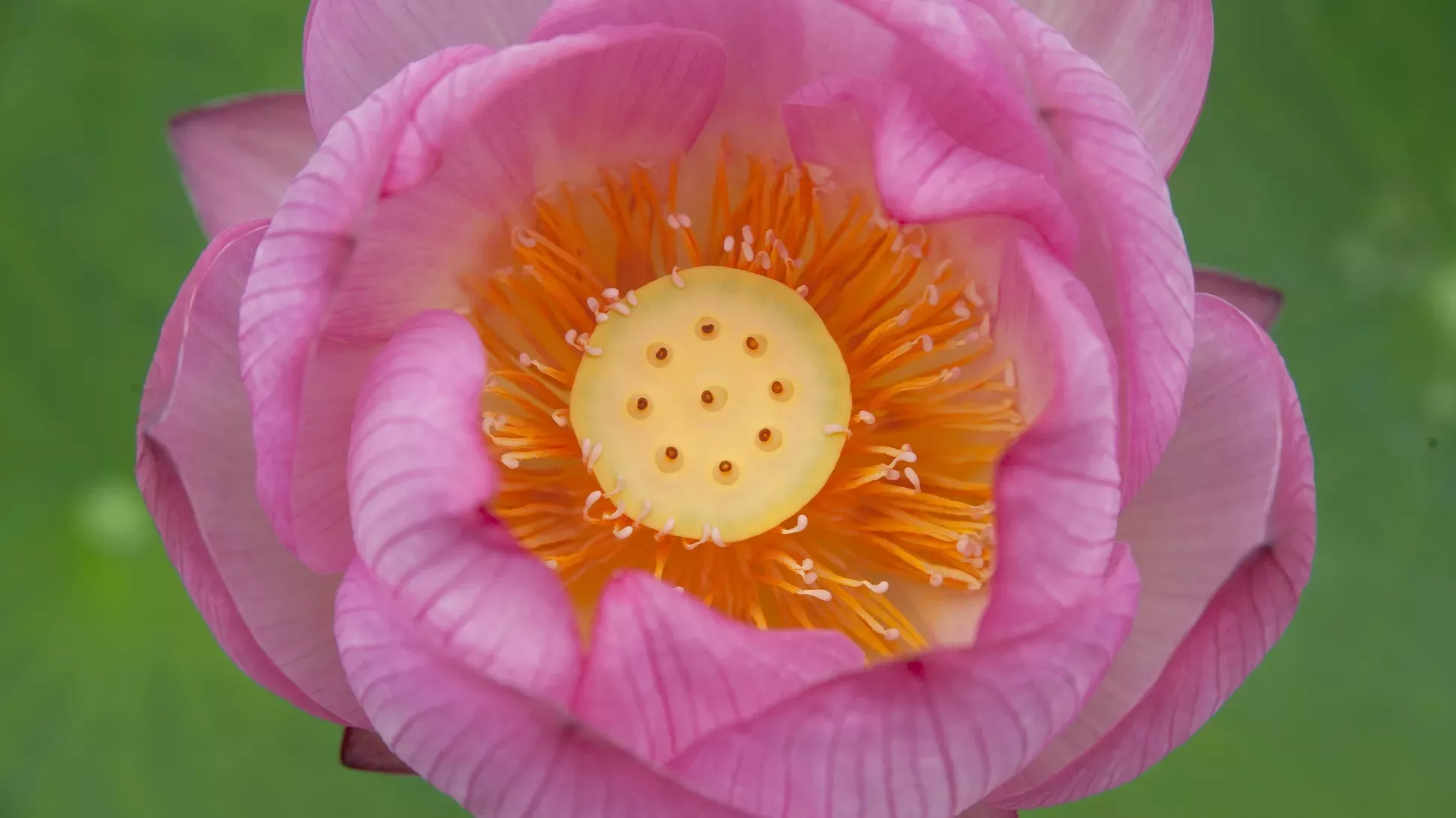
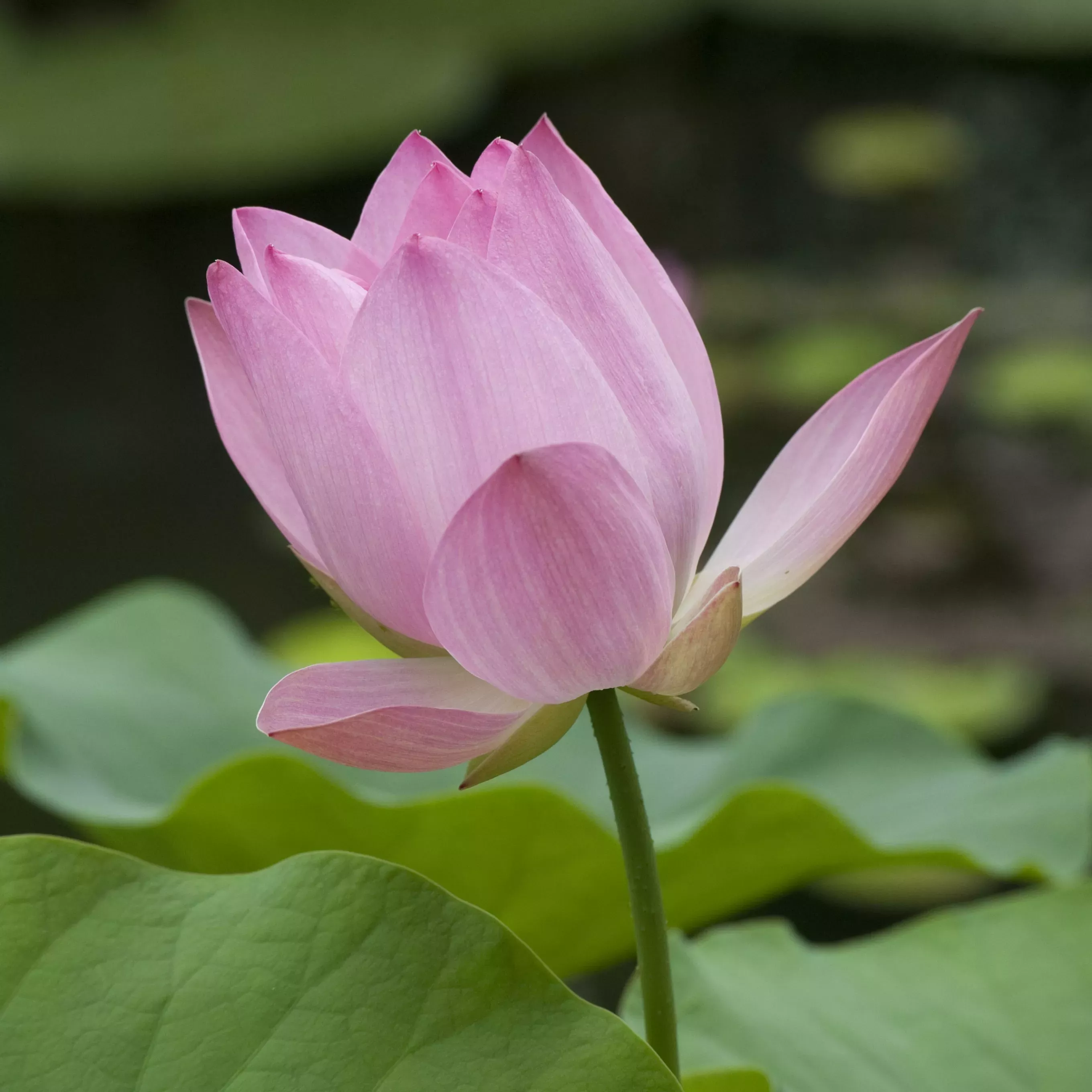
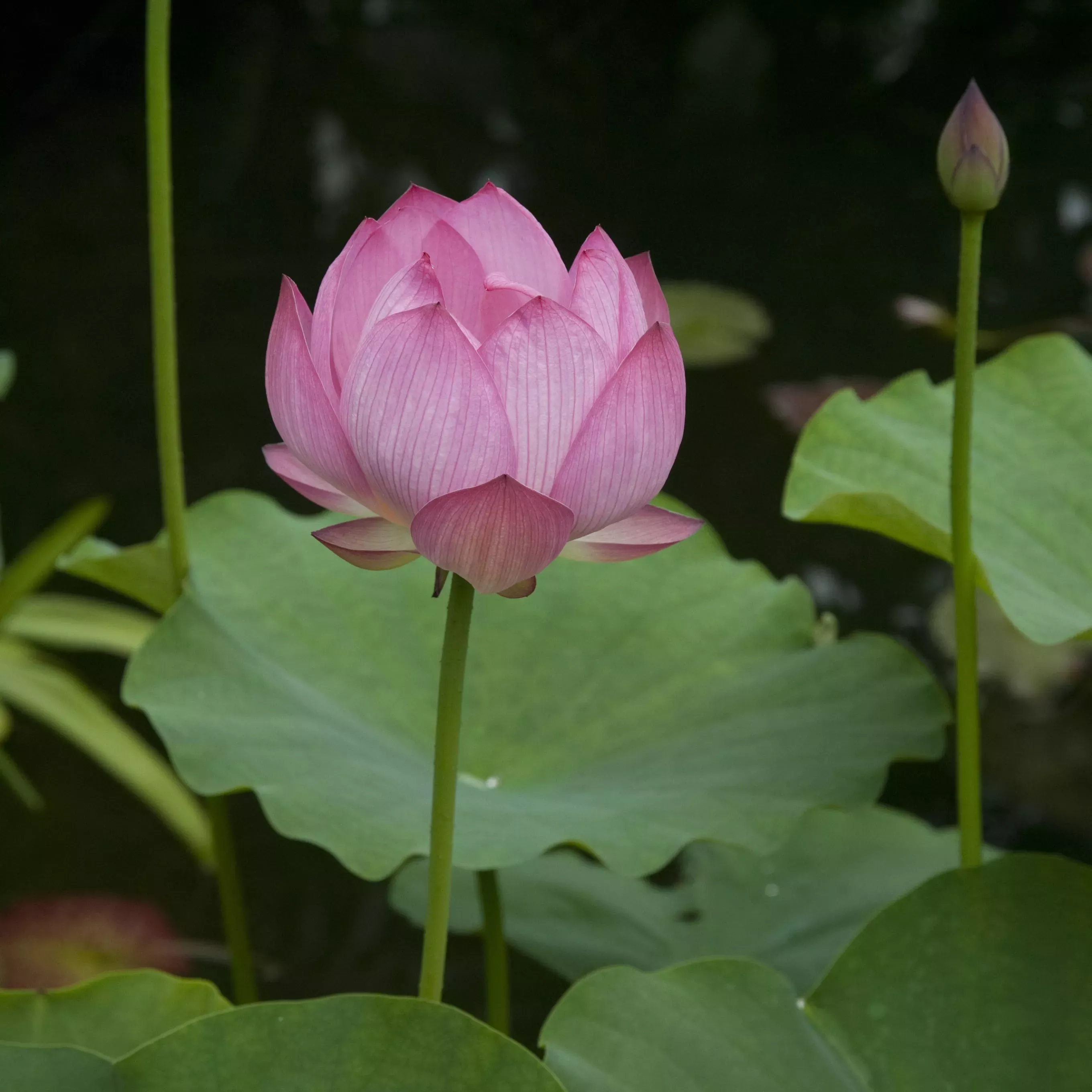
Corn poppy (Papaver rhoeas)
Poland
The pretty common poppy or corn poppy (Papaver rhoeas) is Poland’s national plant.
This iconic red flower with its four petals is also a symbol of fertility, death, and remembrance for the First World War in many countries.
Poppy seeds can lie dormant in soil for over 80 years before germination, which is usually activated by the disturbance of the soil.
During the First World War, the muddy battlefields were churned up, triggering an abundance of flourishing poppies, highlighting the link between war, death and new life.
In summer, this beautiful flower can be found growing in the Queen's Garden behind Kew Palace.
Our Herbarium and Economic Botany Collection have pressed and dried specimens of the plant, while several collections of poppy seeds are held in the Millennium Seed Bank at Wakehurst.
The corn poppy has many uses including medicinal, edible, ornamental, and in the production of red dye.
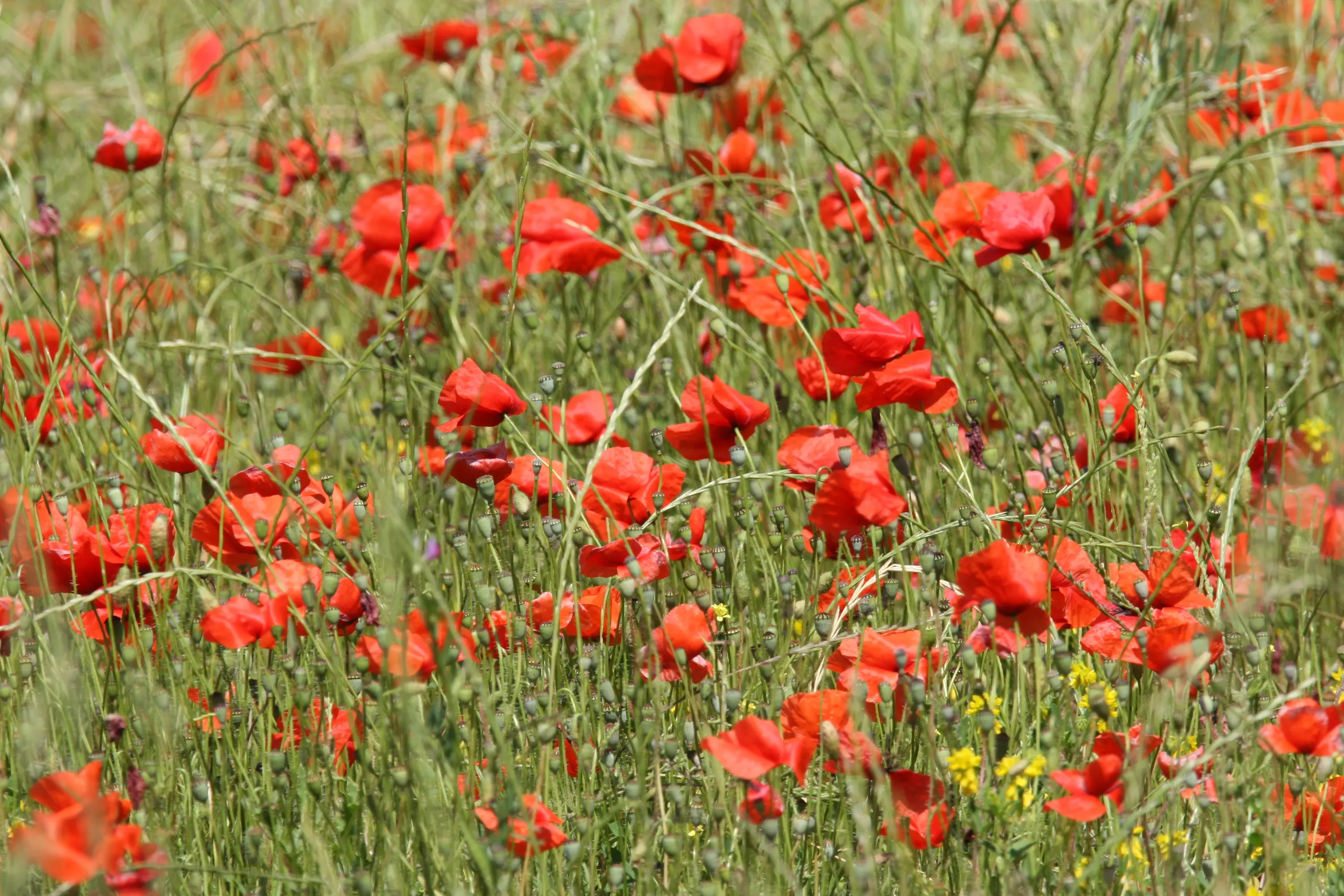
King protea (Protea cynaroides)
South Africa
This breath-taking national flower of South Africa can be found growing in our Temperate House.
Part of the Proteaceae family, the king protea is a flowering evergreen shrub with large, eye-catching flowerheads, measuring up to 30 centimetres in diameter.
Each round flowerhead, or inflorescence, is made up of a cluster of flowers surrounded by red, pink or cream petal-like bracts (modified leaves).
Did you know? This floral emblem is also linked to the South African national cricket team, who adopted the nickname ‘The Proteas’.

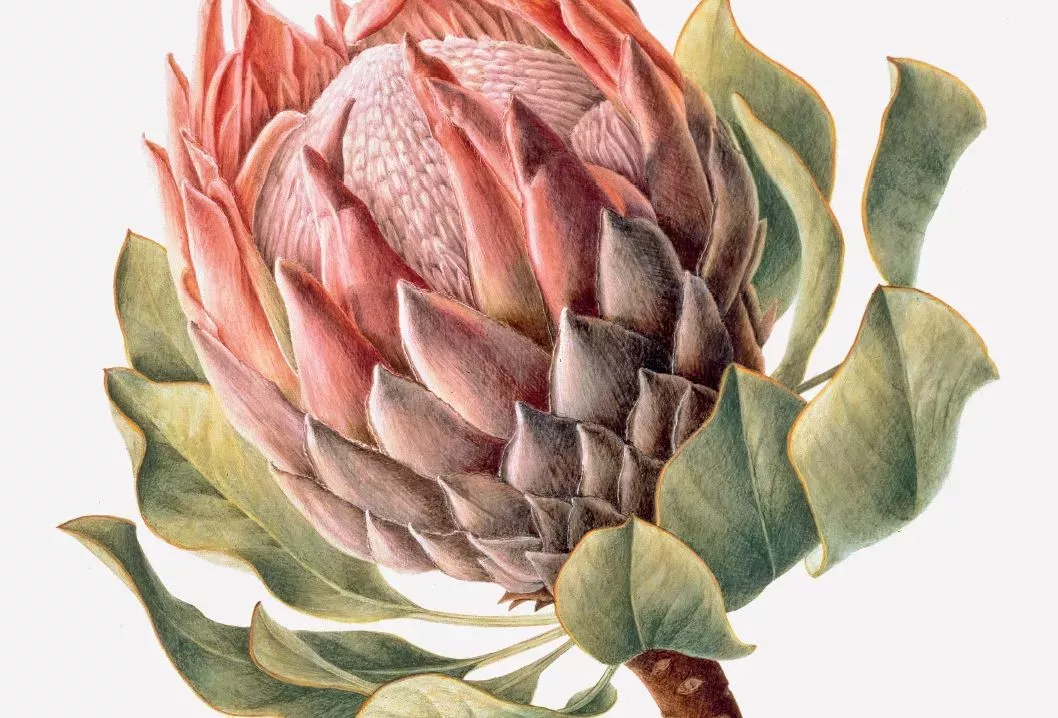
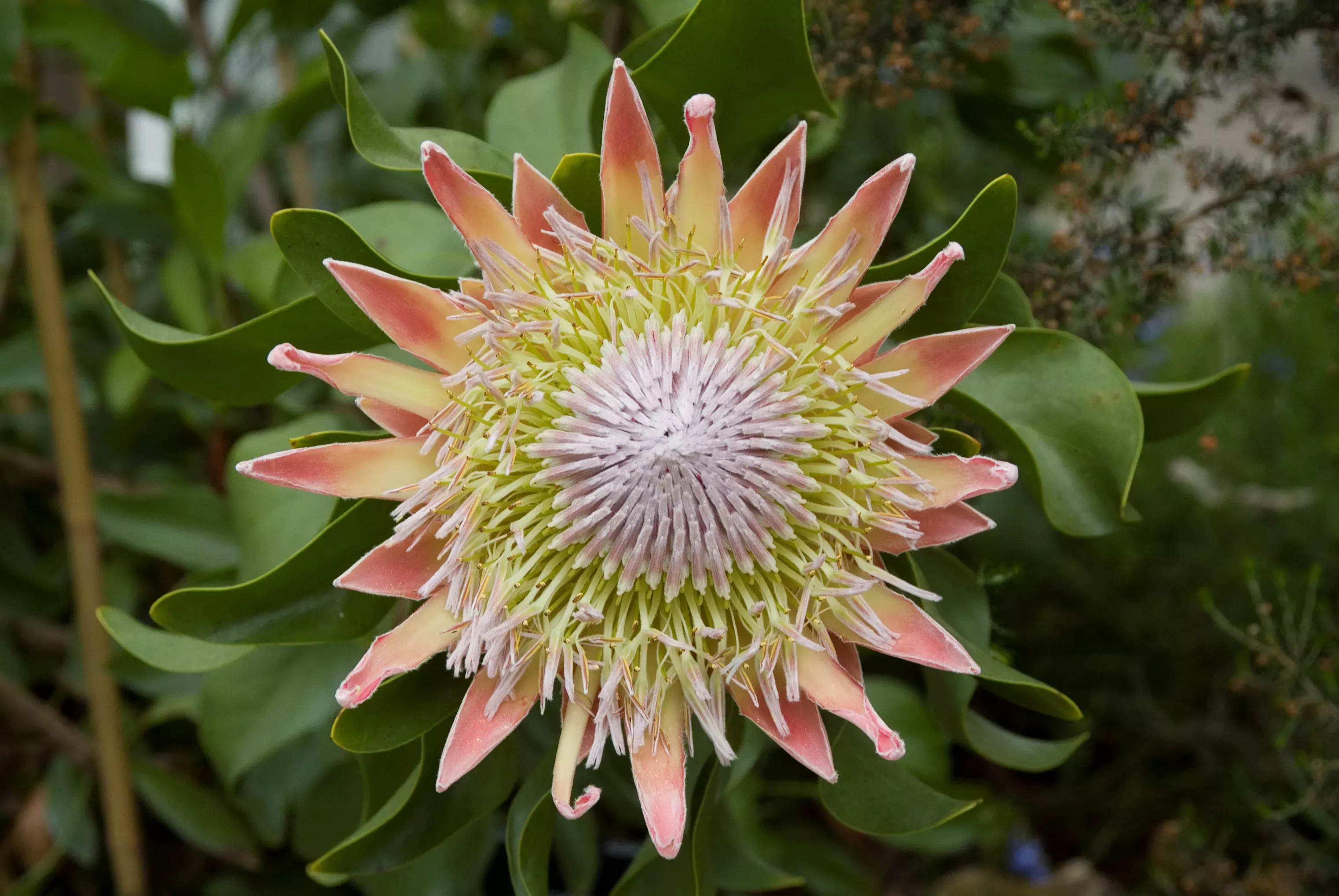
Golden wattle (Acacia pycnantha)
Australia
Thriving in our Princess of Wales Conservatory is golden wattle (Acacia pycnantha).
Australia’s plant emblem, this tree species is native to the country’s South East region and belongs to the Fabaceae, or pea, family.
It grows dainty flowers that are vibrant yellow and fragrant. Each spherical inflorescence contains up to 100 of these tiny flowers, with their five miniature petals, and resembles a golden fluffy ball.
In addition to its use as an ornamental plant, golden wattle is cultivated for the cut-flower trade and the tannin in its bark.
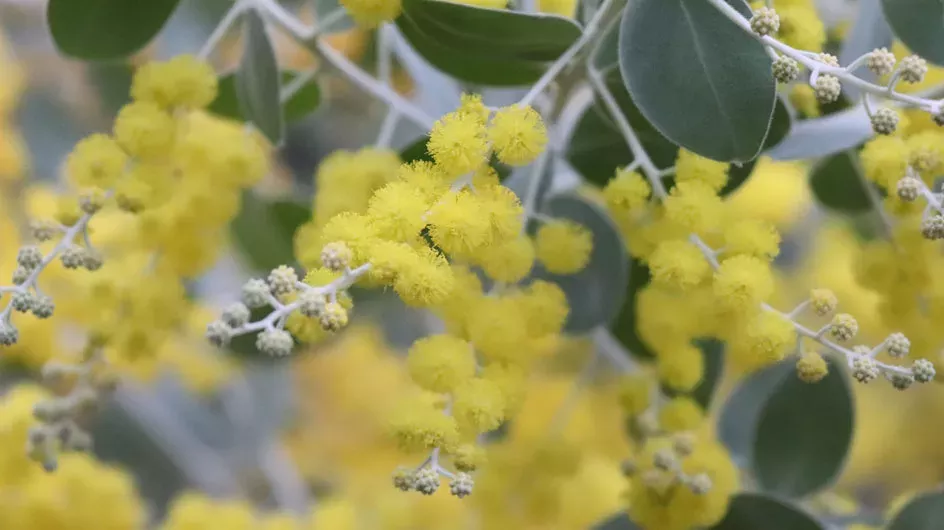
Tree-like rhododendron (Rhododendron arboreum)
Nepal
Living among the rich variety of colours and scents in our Rhododendron Dell is Rhododendron arboreum.
This large evergreen tree produces beautiful bell-shaped flowers, in red, pink or white.
Native to the Himalayas, its red variety is the national flower of Nepal and is represented on the country’s flag.
Did you know? Rhododendron arboreum holds the Guinness Record for World’s Largest Rhododendron, measuring over 30 metres in height in India.
As well as at Kew, we also have magnificent displays of rhododendrons at Wakehurst, our botanic garden in Sussex. Top spots include Himalayan Glade and Westwood Valley.
Both of our Rhododendron collections have global conservation significance. Combined, we have the second most important Rhododendron conservation collection in a botanic garden in the world.
